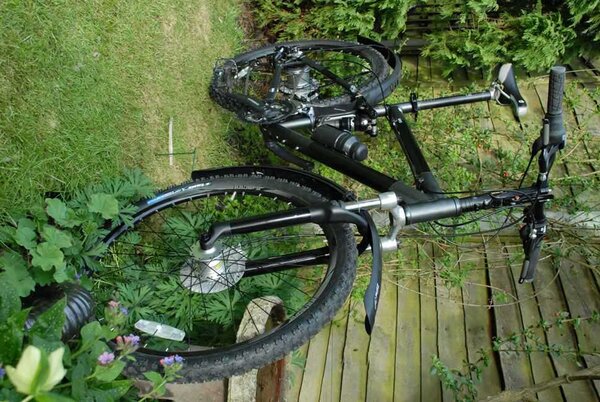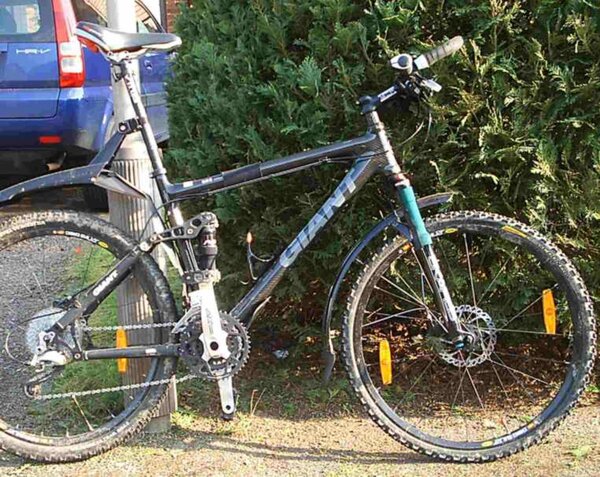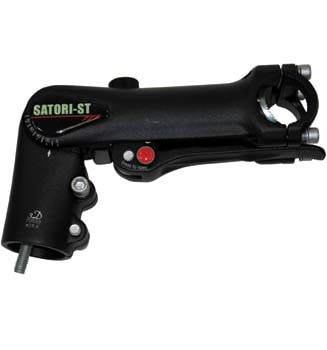cows_in_cars
Old School Hero
- Feedback
- View
I like the look of both flats and risers, although flats do look 'cleaner' to me. As for control and comfort, in my experance it's a bike to bike thing, my pace felt horrible with risers and it wasn't after a year or so I tried flats and it felt sooooo much better, both up and down. But would have never run flats on my last bike and is felt like my nose was on the front wheel...will run what ever fits best on the next one.
I also might be weird but find the sweep of risers a bit much sometimes and like something a bit straighter. The sweep and the extra height that on certain bikes makes the front end a bit light, tends to make my shoulders sore as I have to 'keep' the front down in stead of sitting up and resting my weight on a lower bar.
Thats my 'personal' two pence worth.
I also might be weird but find the sweep of risers a bit much sometimes and like something a bit straighter. The sweep and the extra height that on certain bikes makes the front end a bit light, tends to make my shoulders sore as I have to 'keep' the front down in stead of sitting up and resting my weight on a lower bar.
Thats my 'personal' two pence worth.




